On March 19, Deputy Prime Minister Tran Hong Ha chaired a meeting of the National Council for Education and Human Resources Development to give opinions on the draft " Education Development Strategy for the period up to 2030, with a vision to 2045".
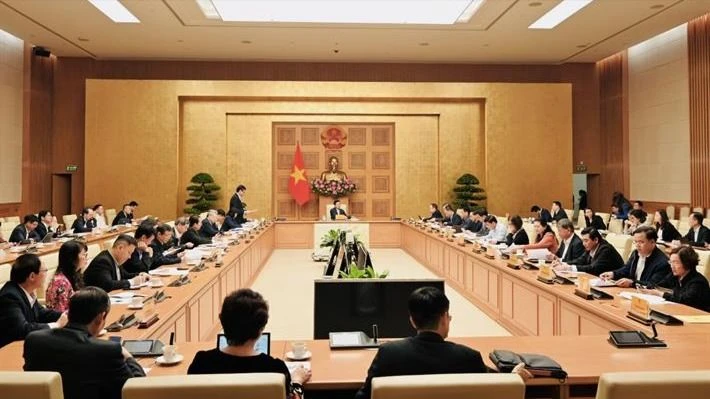
The education development strategy for the period up to 2030, with a vision to 2045, consists of 5 parts: viewpoints; goals and vision to 2045; tasks and main solutions; implementation budget; implementation organization.
The strategy identifies five viewpoints with the general goal of comprehensively developing Vietnamese people, maximizing the potential and creativity of each individual, creating a new generation of Vietnamese people who live honestly, are full of aspirations, have full qualities, intelligence, and talent, and provide high-quality human resources to successfully achieve the goal of a rich people, a strong country, democracy, fairness, civilization, a prosperous and happy country. Building an open, fair and equal education system, serving lifelong learning, towards standardization, modernization, democratization, socialization and international integration, and by 2030 reaching the advanced level of the Asian region.
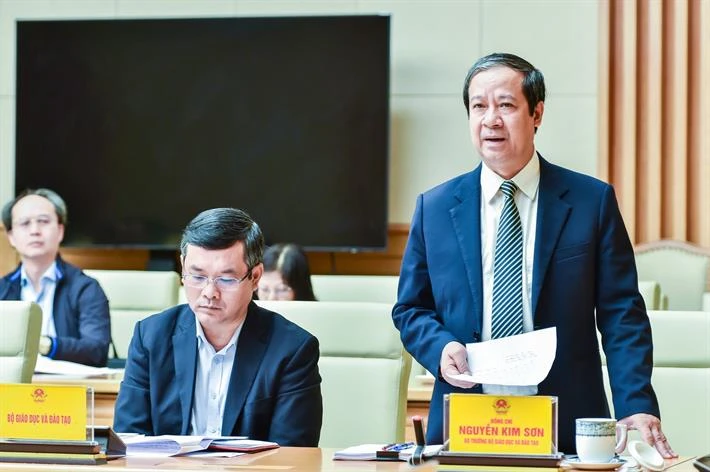
From the general goal, the strategy has set out specific goals for preschool education, general education, university education, and continuing education by 2025 and 2030.
Regarding the vision to 2045, the draft strategy identifies that Vietnam's education will develop in a modern manner, inheriting the nation's fine traditional values, absorbing human civilization, contributing to building and developing a prosperous and happy country. Vietnam's education will reach the world 's advanced level by 2045.
Speaking at the meeting, Minister of Education and Training Nguyen Kim Son shared about the elaborate and difficult process of building the strategy over the past two years, in which the Ministry of Education and Training has worked to collect opinions from ministries and branches many times on each indicator of the strategy. Regarding the rate of streaming after secondary school, the Minister said that there is currently no convincing basis for this rate.
According to the Minister, the basis for career guidance is based on students' voluntary needs, and the state must ensure 100% of school places if students have the need. Therefore, it is necessary to clear the ratio of career guidance and streaming for localities to ensure sufficient investment in schools for 100% of students.
In response to the opinion that the vision for education development until 2045 needs to be more specific, the Minister shared that the further the vision, the less specific it is. It is necessary to unify what has been eternal and unchanging in education and equipping students with basic knowledge, adaptability and adjustment ability until 2045 is important, "using the unchangeable to respond to the ever-changing in education".
Concluding the meeting, Deputy Prime Minister Tran Hong Ha emphasized that the viewpoints and objectives of Resolution 29-NQ/TW on fundamental and comprehensive innovation in education and training are correct and need to be persistently implemented to the end. In the new context, the strategy can add viewpoints and objectives but must be thorough and calculated. Since the time until 2025 is only one year away, the Deputy Prime Minister agreed that the education development strategy will define the objectives until 2030.
To develop an education development strategy for the period up to 2030, with a vision to 2045, the Deputy Prime Minister requested a review and clear identification of the goals achieved and not achieved in the previous period, thereby proposing synchronous and selective solutions. Along with that, clearly defining the need to ensure vertical and horizontal inter-sectoral coordination; the responsibilities of ministries, branches, and localities; the state management role of the Ministry of Education and Training... in organizing the implementation of the strategy.
PHAN THAO
Source


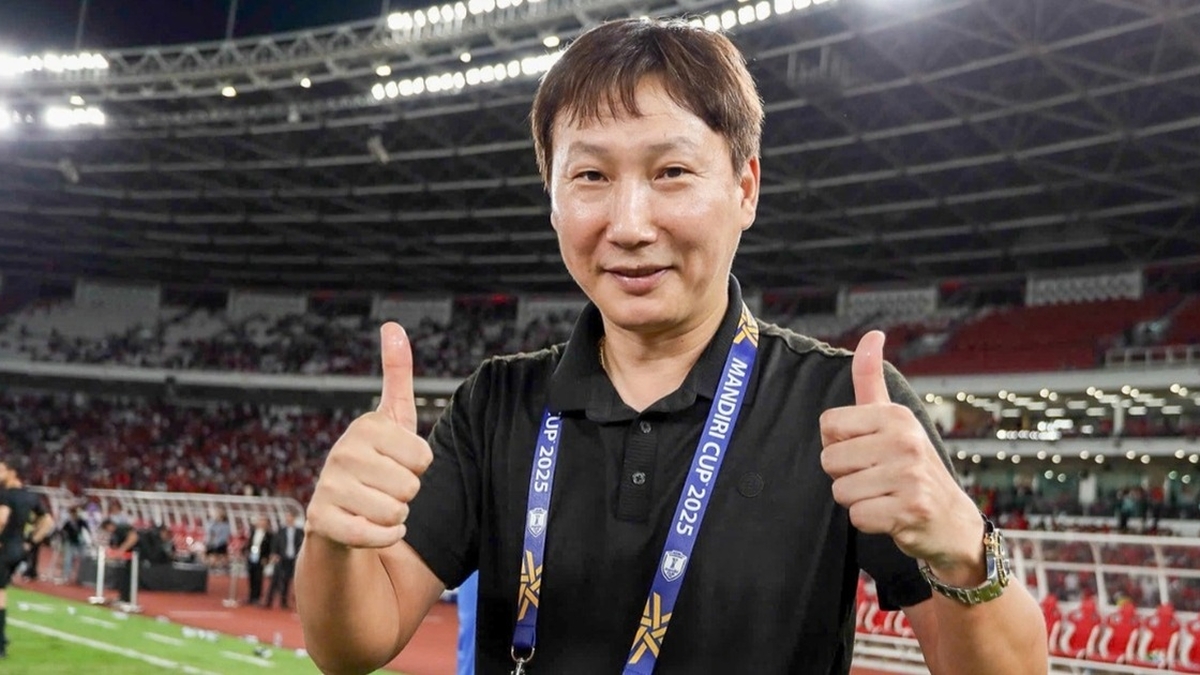

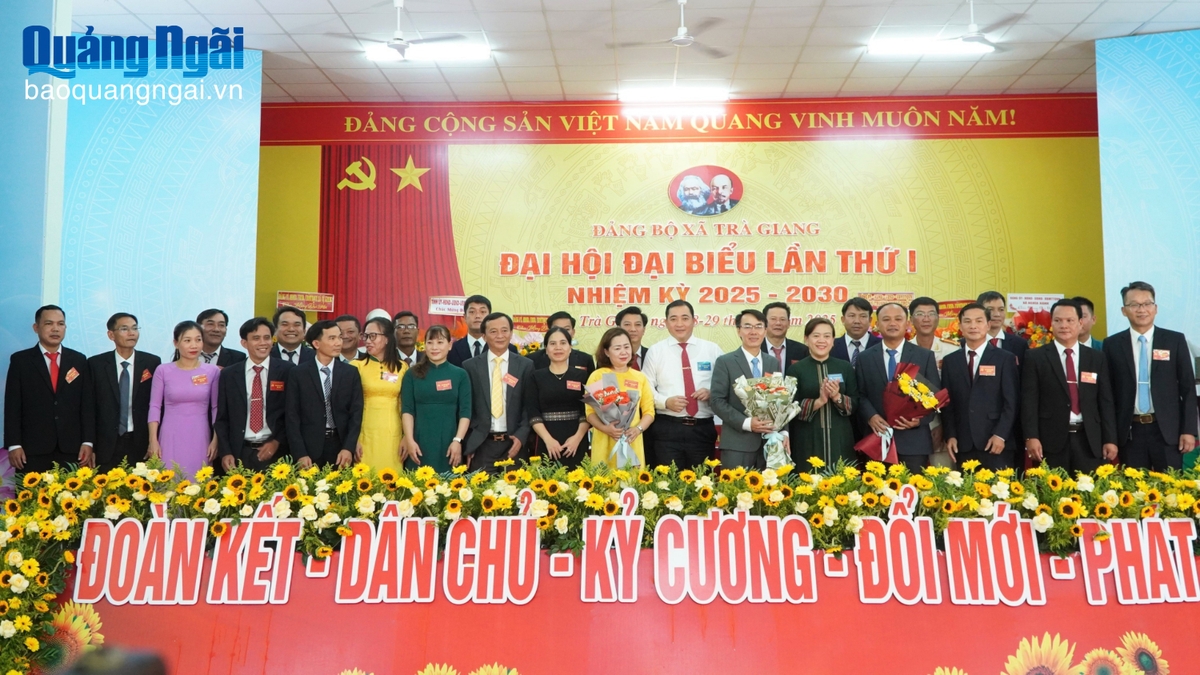
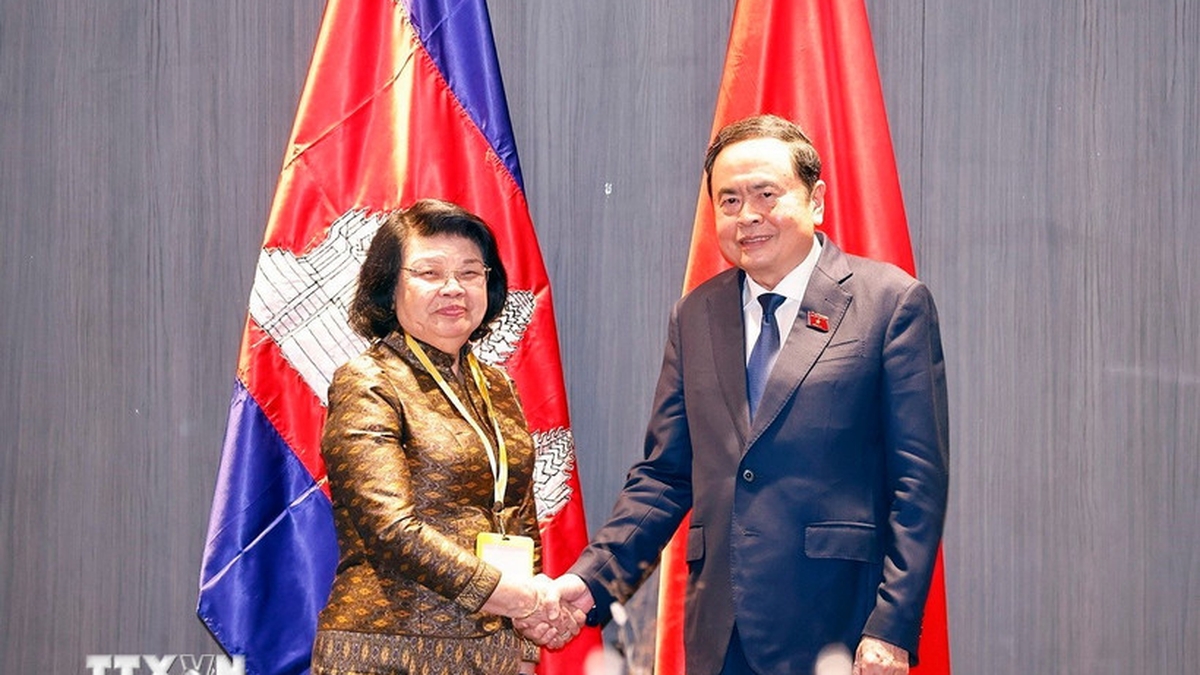


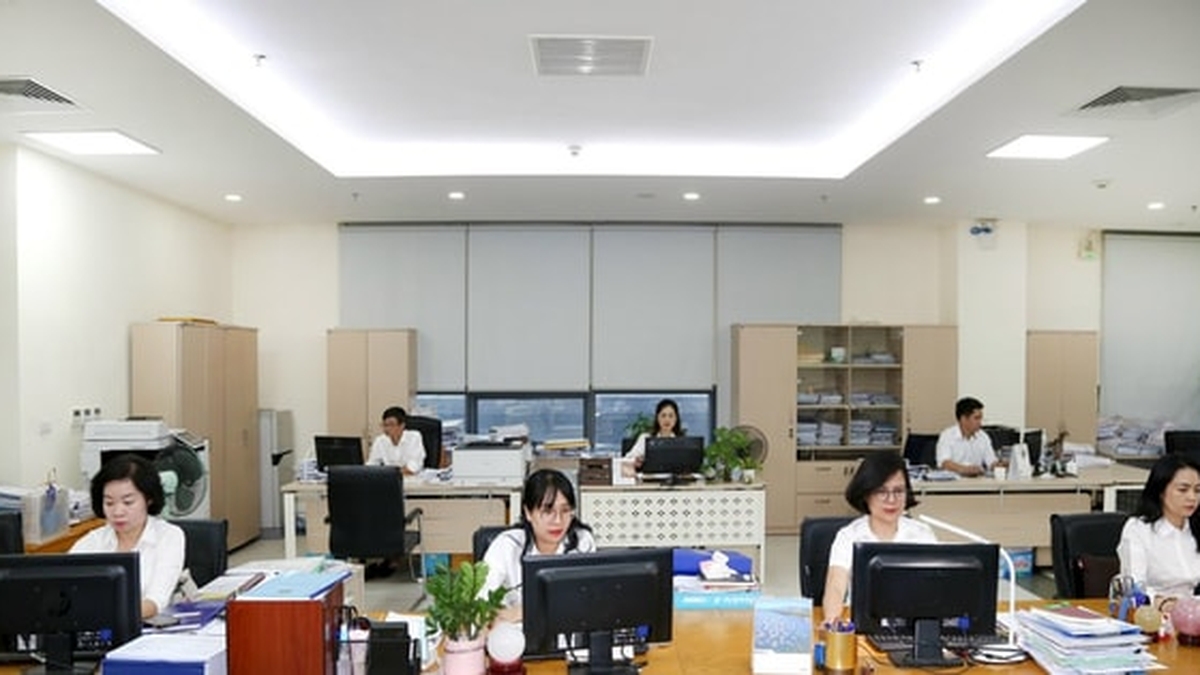
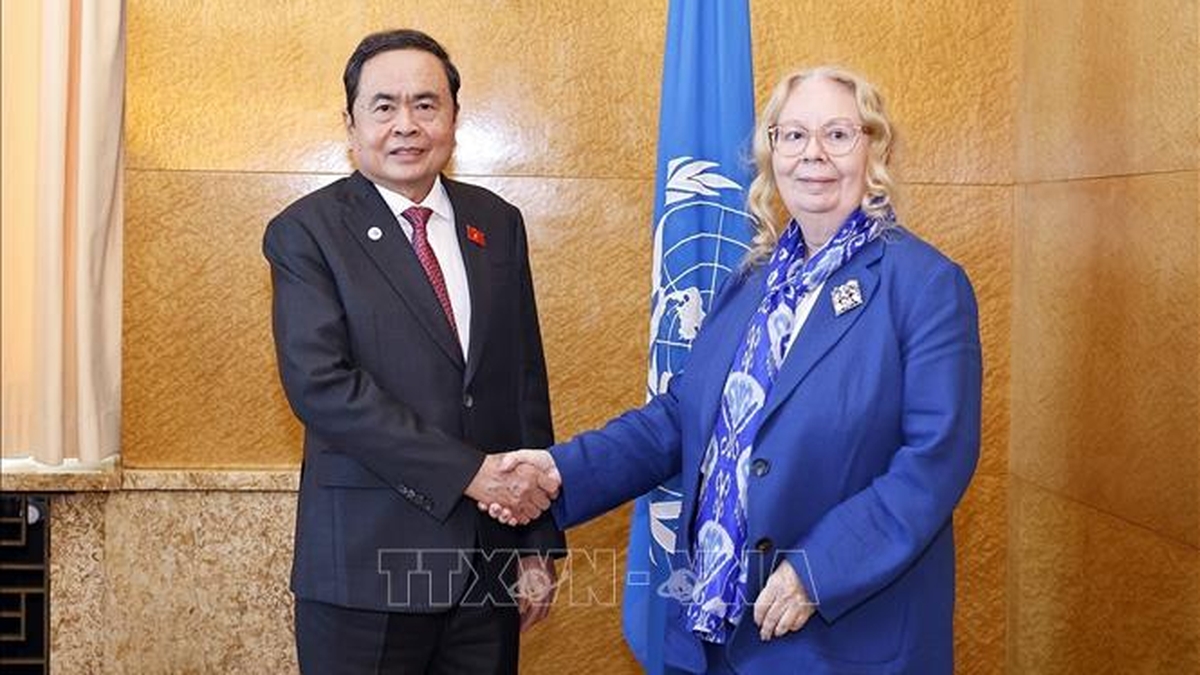
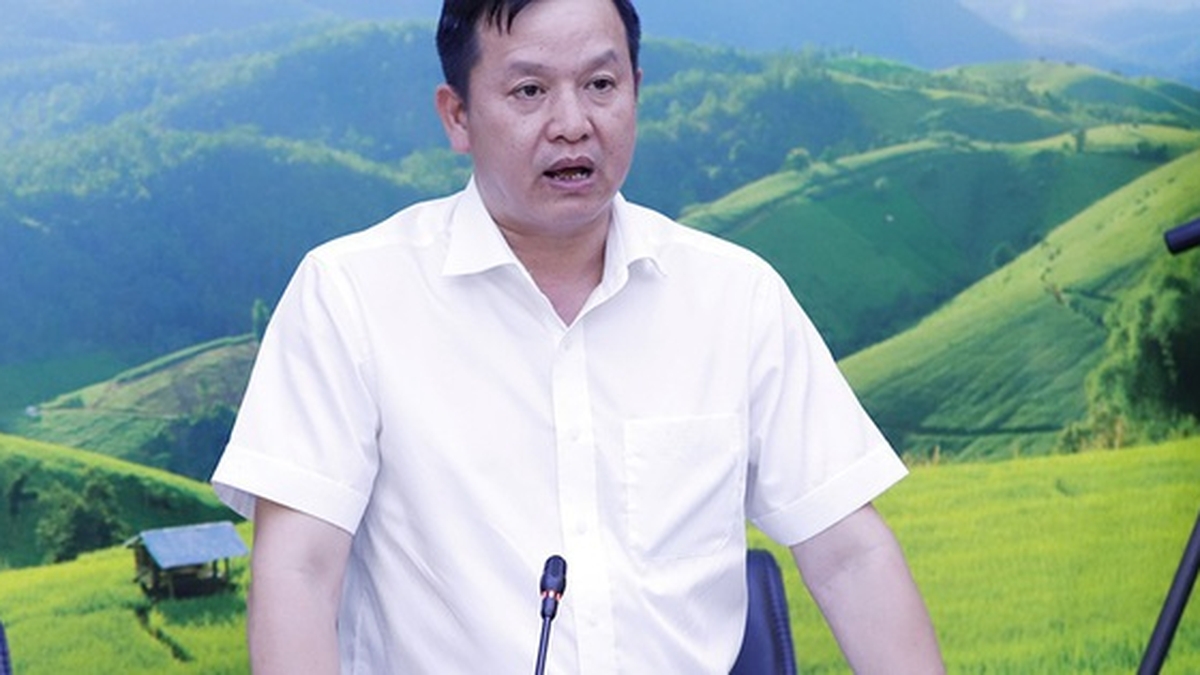
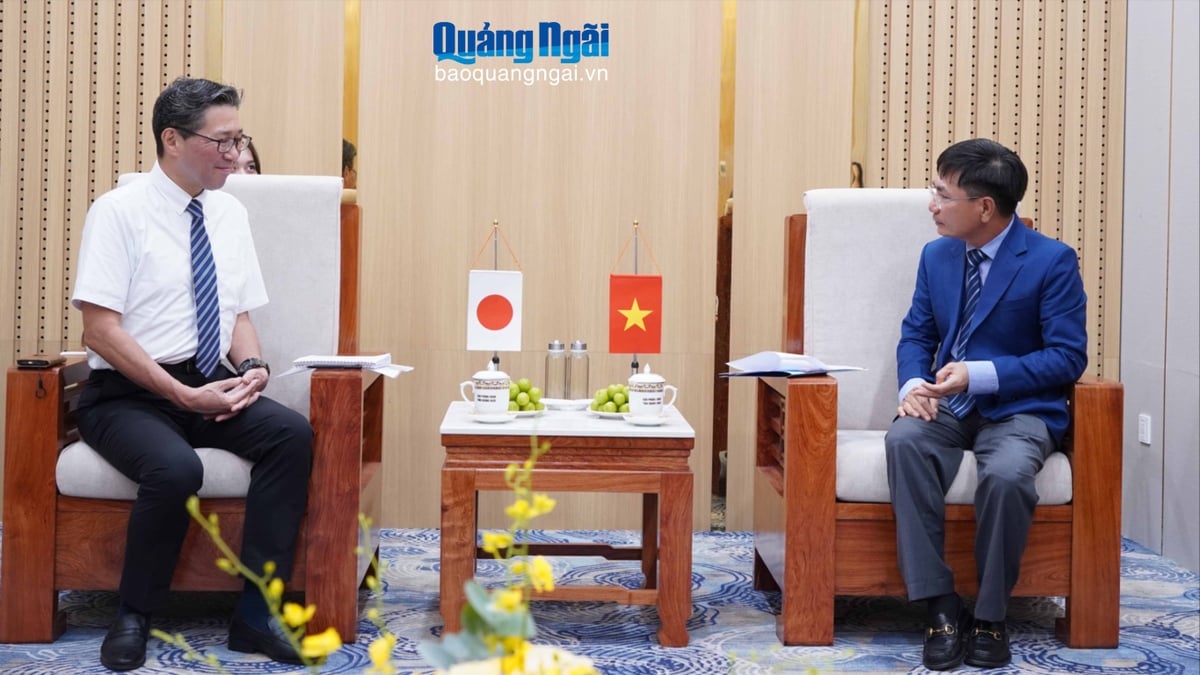











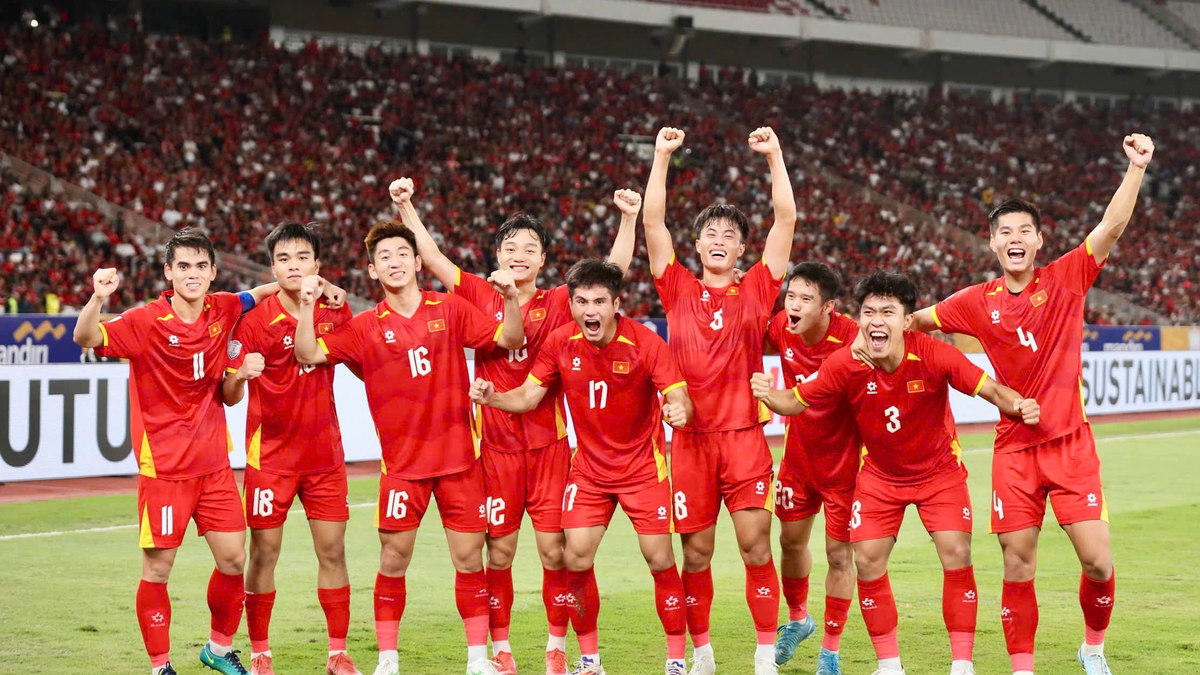

![[Photo] National Assembly Chairman attends the seminar "Building and operating an international financial center and recommendations for Vietnam"](https://vphoto.vietnam.vn/thumb/1200x675/vietnam/resource/IMAGE/2025/7/28/76393436936e457db31ec84433289f72)






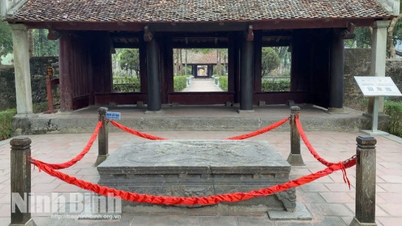













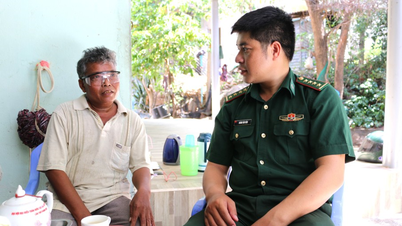

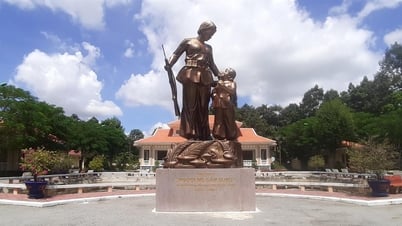
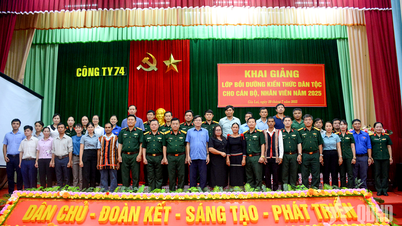




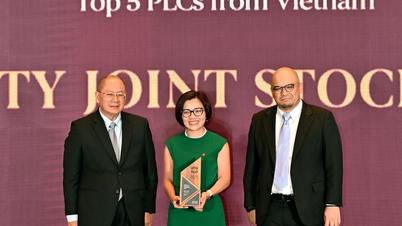


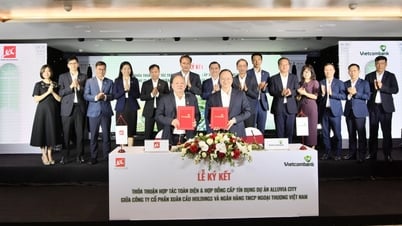







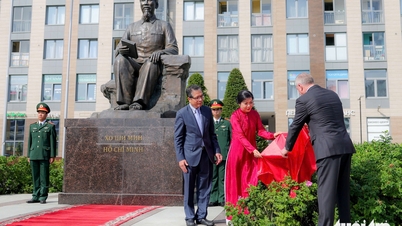

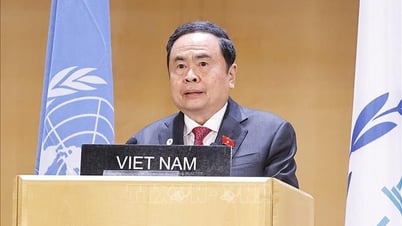





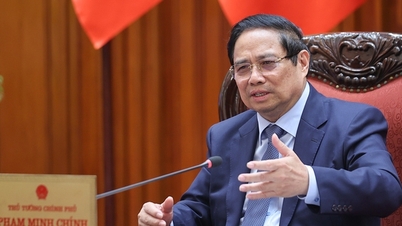
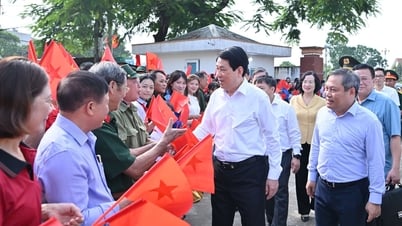























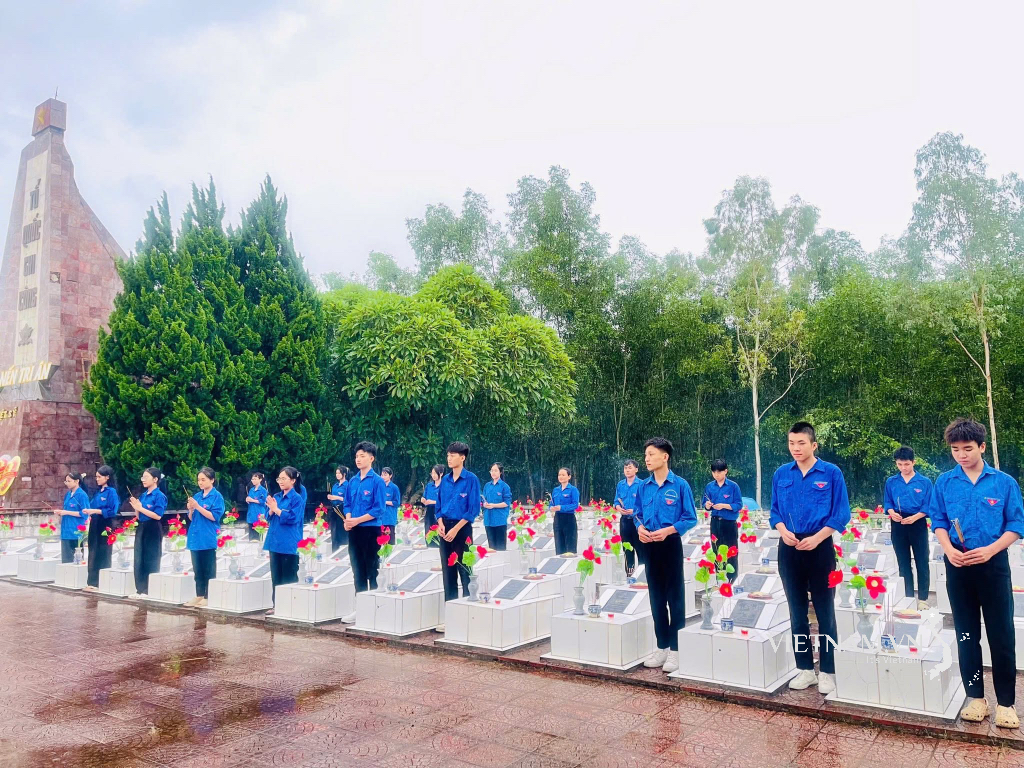
Comment (0)